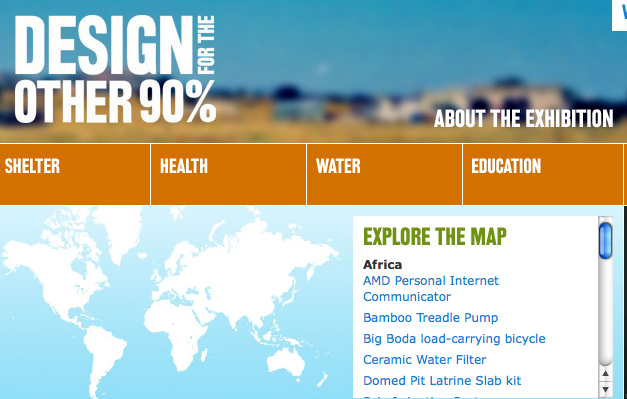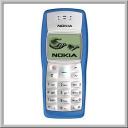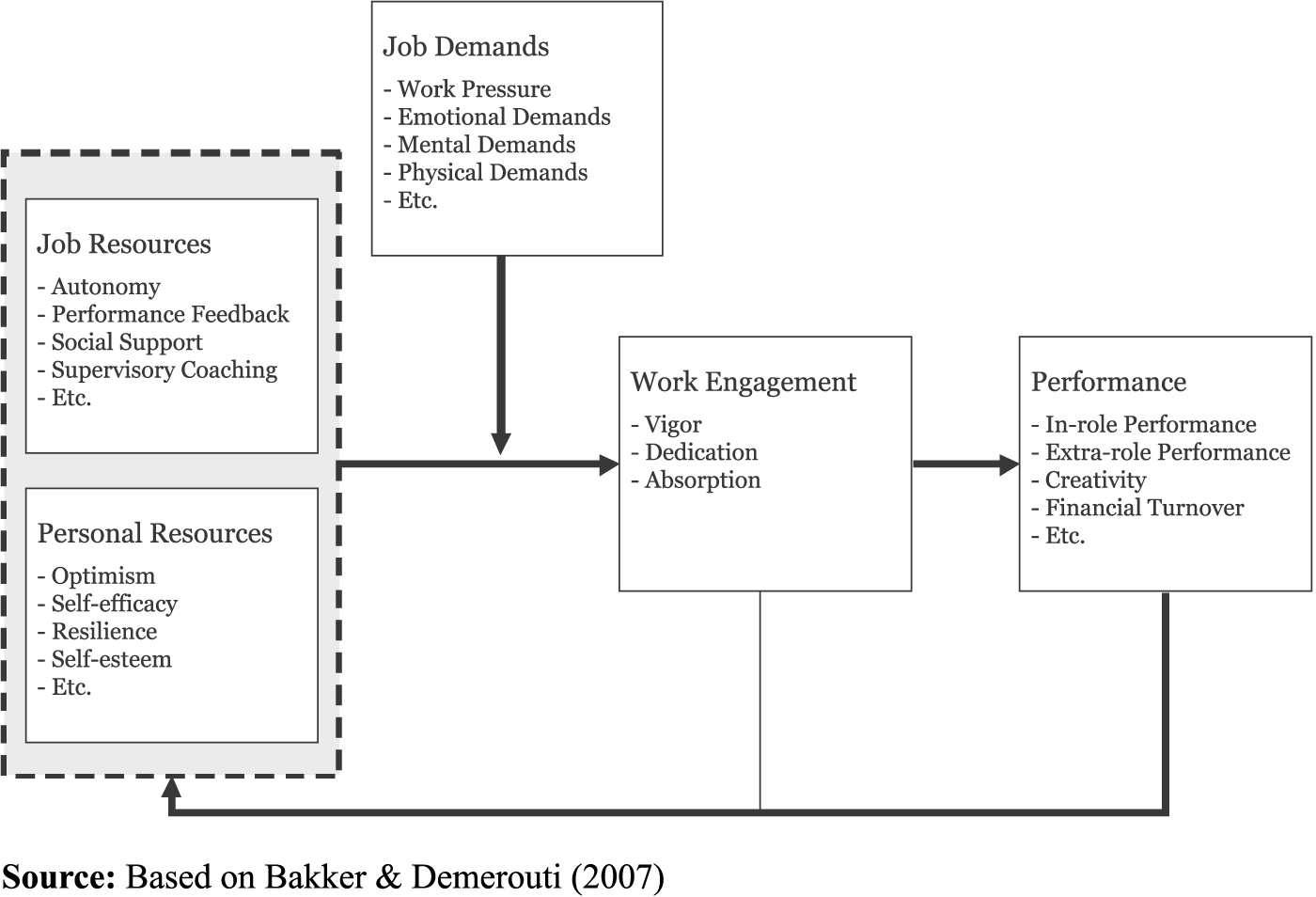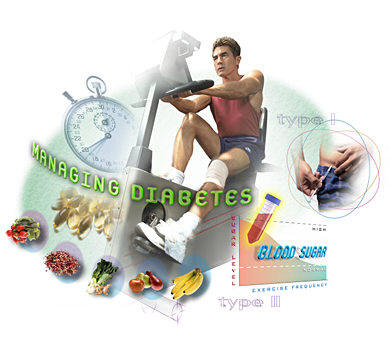Do Good and Make Money With Design
Wednesday, May 26th, 2010I received a lot of email on the Frugal Engineering post. Many excellent comments and observations. One stands out: Frugal engineering for emerging markets can create intangible value for the designers. Do good and make money by solving social problems. They also shared a URL to Design for the Other 90% .
This community is based on an important insight and has powerful purpose:
“The majority of the world’s designers focus all their efforts on developing products and services exclusively for the richest 10% of the world’s customers. Nothing less than a revolution in design is needed to reach the other 90%.”
The site covers a range of designs that have been implemented in health, water, shelter, transport, energy and education. A great feature is Tweets containing updates from the field.
BTW, I receive a ton of blog spam daily so the best way to communicate with me is via email. For those readers that may not know how to reach me I created an About Me page.












